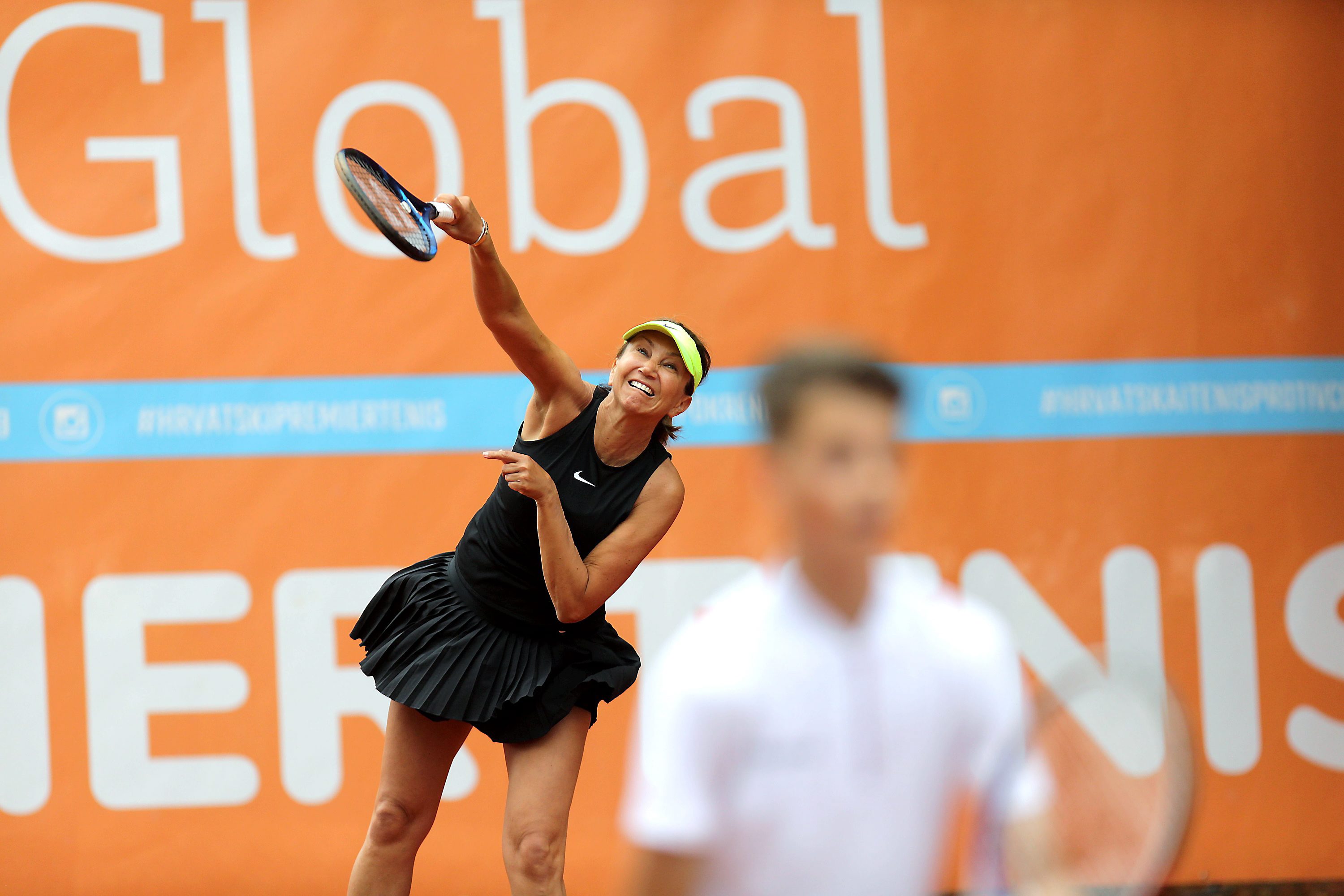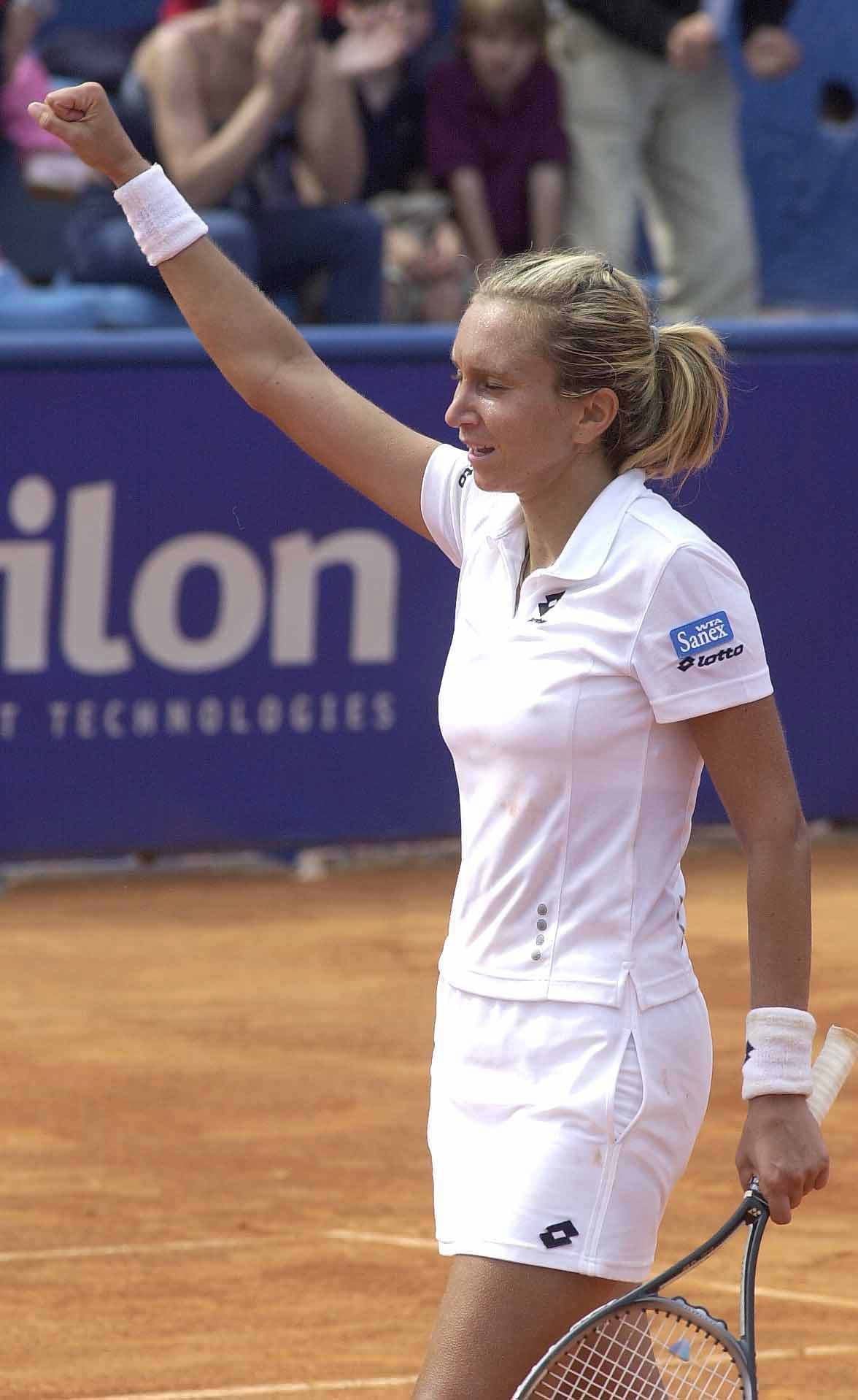She is followed by the Swiss Martina Hingis, the sovereign ruler of women's tennis and the absolute favorite of the finals. The applause and shouts from the audience get even louder.
Only the Croats held hope for a surprise turn in that match, not so much due to the real balance of power, but due to the fact that Majoli had already shown in the previous three years that she was capable of great achievements. This talented tennis player, who started her professional career as a 14-year-old, reached the 4th round at Roland Garros at the age of 16 (she lost to the then invincible Steffi Graff). She won her first tournament in 1994 in Zurich, passing Jana Novotna and Mary Pierce on her way to the title. She entered the top 10 of the WTA list the same year after the triumph at the tournament in Filderstadt, and then won Tokyo and Essen, where she defeated Monica Seles, the then number one player, as well as Martina Hingis and Arantxa Sanchez Vicario. In 1997, before Paris, she celebrated in Hanover and Hamburg and arrived at Roland Garros as the 9th seed.
 Vlado Kos / CROPIX
Vlado Kos / CROPIX
In the opening matches, Majoli had a string of victories over Sandra Kleinova, Alexandra Fusai and Ann Grossman. Everything went according to plan until the round of 16, where the 5th seed, American Lindsay Davenport, was waiting for her. Iva was losing that match 7:5 and 4:0, and then managed to make a miraculous comeback. In the quarterfinals, she had a hard time winning against Romanian Ruxandra Dragomir (2:1), and then in the semifinals, again with great difficulty, she won against the South African Amanda Coetzer. Coetzer knocked out the two-time tournament winner Steffi Graf in the quarterfinals and realized that the semifinals were her once in a lifetime opportunity, just like for Majoli. The high-stakes match was full of tactics and outwitting, and Iva ultimately won the match with 2:1 (6:3, 4:6, 7:5).
By avoiding the very dangerous Steffi Graff, the door was wide open for Majoli's final. She knew she had a chance against Martina Hingis because the Swiss, unlike the extremely aggressive and strong Graff, played slower and allowed the opponent time to set up the forehand. But the task was not easy at all, especially considering the fact that Hingis had thus far in the season kept a 35-0 win-loss ratio.
 Jakov Prkić / CROPIX
Jakov Prkić / CROPIX
After having to play three sets to win the previous two matches, Majoli played the final supremely, decisively defeating the favored Swiss with 6:4 and 6:2, not allowing Hingis to win a single break game. Simply put, it was Iva Majoli's day. She managed to do everything according to the plan. She played boldly, her shots were strong and precise, she hit the edges of the court and safely defended the breaks she won.
With this victory, Iva Majoli became the first Croatian in the men's and women's competitions to win a Grand Slam tournament. At that time, she was bigger than Goran Ivanišević, who did not manage to achieve what Iva, seemingly with ease, did in Paris (Goran had to wait another four years for his moment at Wimbledon).
Header image credit: Nikola Vilić / CROPIX